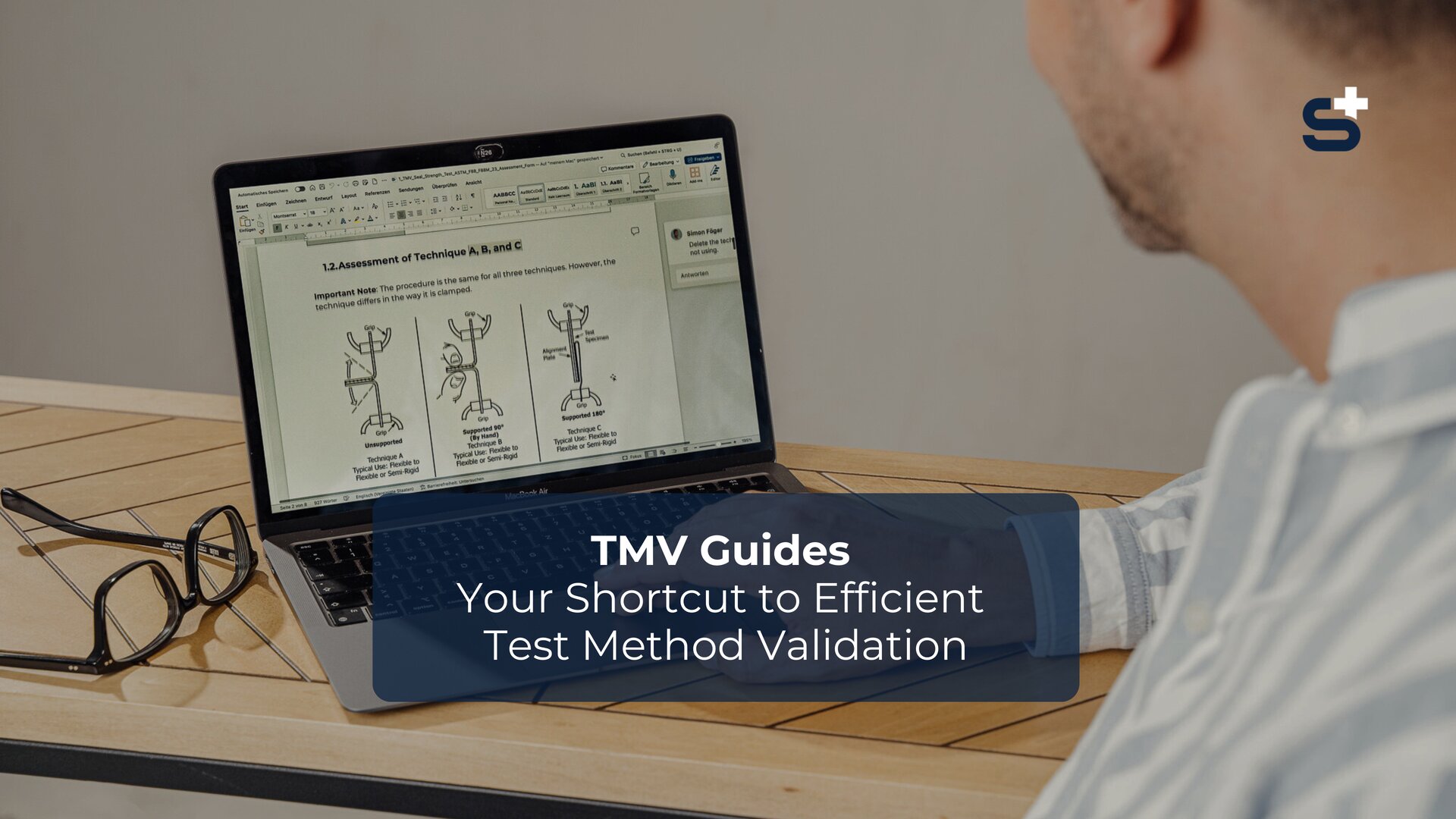For two main reasons:
1) Test Method Validation is mandatory in the medical device industry.
All essential standards require a TMV (e.g., ISO 13485, ISO 11607, ...). In the MDR 2017/745 there is no direct requirement for a TMV, but indirectly (e.g.) through the reference in Article 10.9: "Manufacturers must have an appropriate quality management system (QMS)".
2) Validation of your test method massively increases the safety of your medical devices.
By validating your test method, you ensure its reliability. Regardless of who tests the devices, when, or where, you will reliably get the same result.
Certain standards must be followed when performing a test method, e.g., ASTM F1929 if you are performing a dye penetrant test or ASTM F88/F88M if you want to check the seal strength.















